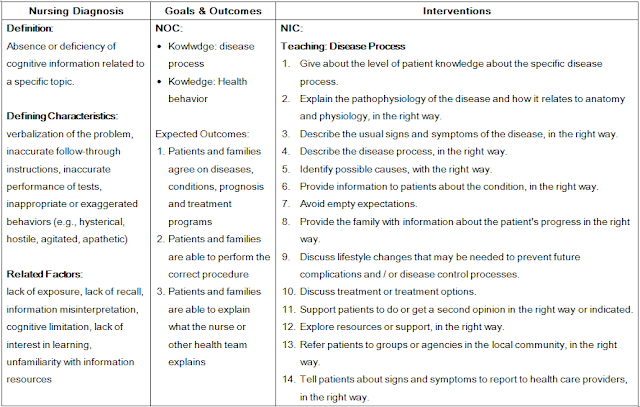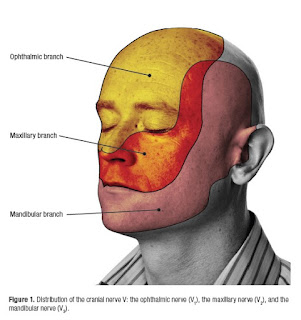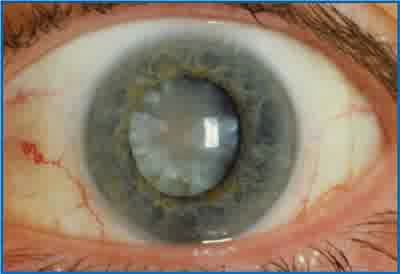Nursing Diagnosis - Hypothermia : Definition, Related Factors, Outcomes and Interventions

Hypothermia: Definition : Body temperature below the normal range Defining Characteristics : body temperature below normal range, cool, pale skin, dizziness, hypertension, increased heart rate, lack of coordination, piloerection, shivering, slow capillary refill Related Factors : alcohol and drug use, decreased metabolic rate, exposure to cold environment, extreme evaporative heat loss from skin, illness, inability to shiver, inadequate nutrition, poor clothing, medications, trauma NOC: Thermoregulation Thermoregulation: neonate Expected Outcomes: Body temperature in the normal range Pulse and respiratory rate are in the normal range NIC: Temperature Regulation Monitor temperature at least every 2 hours. Plan temperature monitoring continuously. Blood pressure monitor, pulse, and respiratory rate. Monitor skin color and temperature. Monitor signs of hyperthermia and hypothermia. Increase intake of fluids and nutrients. Cover the patient to prevent loss of body warmth. Teach patients ho...






